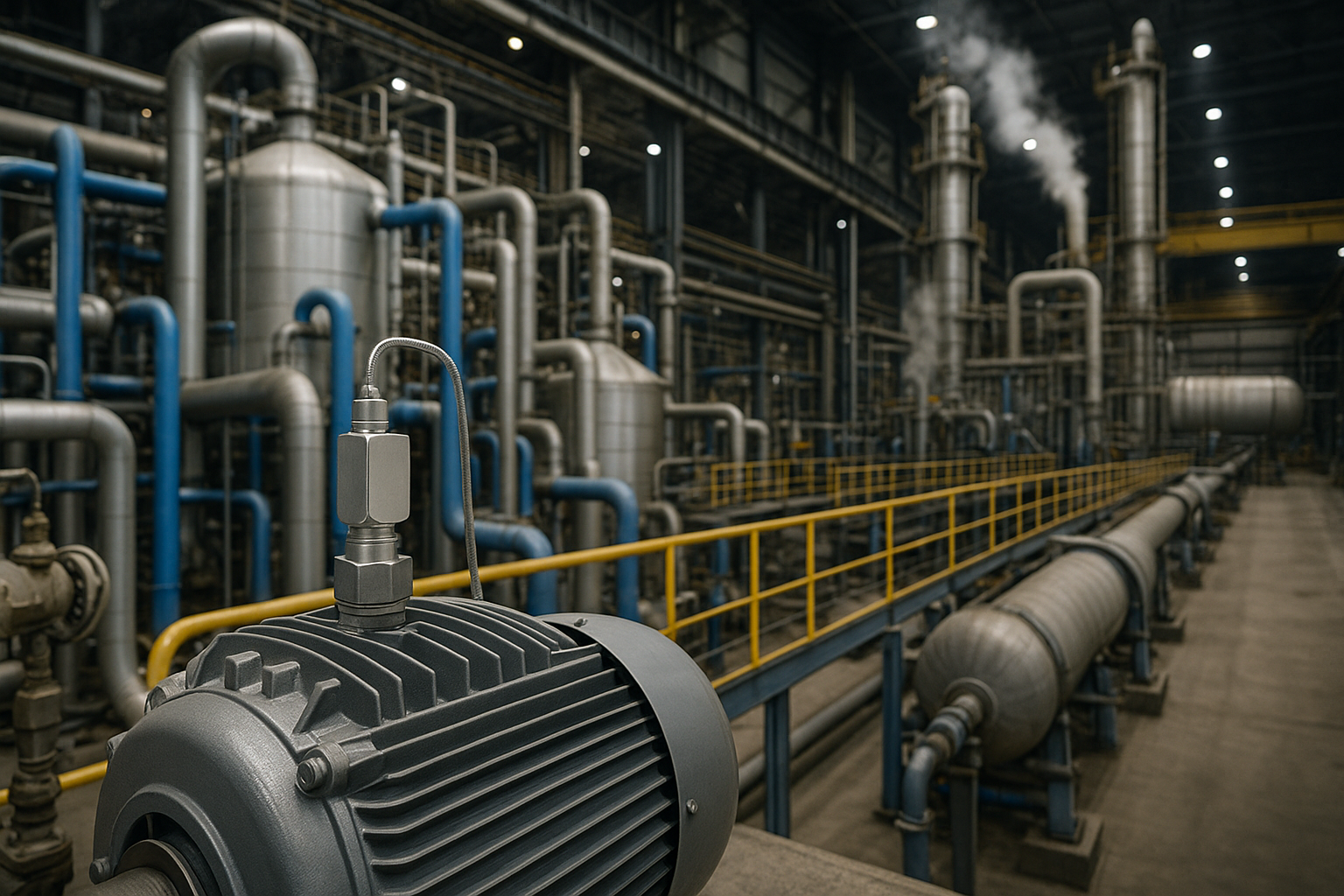Acoustic Monitoring in the Pulp & Paper Industry for Enhanced Safety and Efficiency
The pulp and paper sector relies on large-scale mechanical systems and complex chemical processes to turn raw materials into finished products. With high demands on both productivity and safety, operators must maintain a fine balance between efficiency and reliability—often under challenging industrial conditions.
Automation, Centralisation—and What Gets Lost
In recent years, production sites have steadily adopted automation and remote control. Fewer personnel are now present on the factory floor, with operations increasingly managed from centralised control rooms. While this shift offers clear efficiency gains, it also removes an important layer of on-site awareness: human sensory perception.
One of the overlooked losses is the ability to hear. In a traditional setting, subtle changes in sound often serve as early indicators of technical faults or safety risks. A misaligned bearing, a pressure release, or a dragging conveyor part—each produces a unique acoustic fingerprint long before visual signs appear.
Squarehead Technology addresses this gap with our acoustic monitoring systems that are designed to operate in the harsh conditions typical of pulp and paper production. Using directional microphone arrays and real-time beamforming, the system captures and analyses sound with high precision—making it possible to detect anomalies as they happen.
Key Industry Applications
Several recurring challenges in the pulp and paper industry benefit from acoustic monitoring:
Conveyor belts: Damaged or misaligned rollers generate distinct sound patterns. Left unchecked, these faults can cause friction and sparks—posing serious fire risks in a dust-laden environment.
Machine failure: Gradual changes in acoustic behaviour often signal mechanical wear or misoperation. Detecting these early helps prevent unscheduled stoppages and avoids major breakdowns.
Stream Leaks: High-pressure and especially superheated steam releases are dangerous, and hard to spot visually. An acoustic system can pinpoint such leaks quickly and accurately—giving teams time to act.
PULP & PAPER
Why it matters
By integrating acoustic monitoring into existing sensor systems, operators gain an additional layer of insight—complementing other forms of data with real-time sound analysis. This strengthens proactive maintenance, helps maintain production uptime, and increases site safety.
In remote-operated production, where the human ear is no longer present, Squarehead provides an effective substitute: always listening, always on, and always ready to detect what others might miss.
INTERESTED TO SEE HOW WE CAN IMPROVE YOUR ACOUSTIC SITUATIONAL AWARENESS?
CONTACT OUR INDUSTRIAL TEAM FOR MORE INFORMATION.


